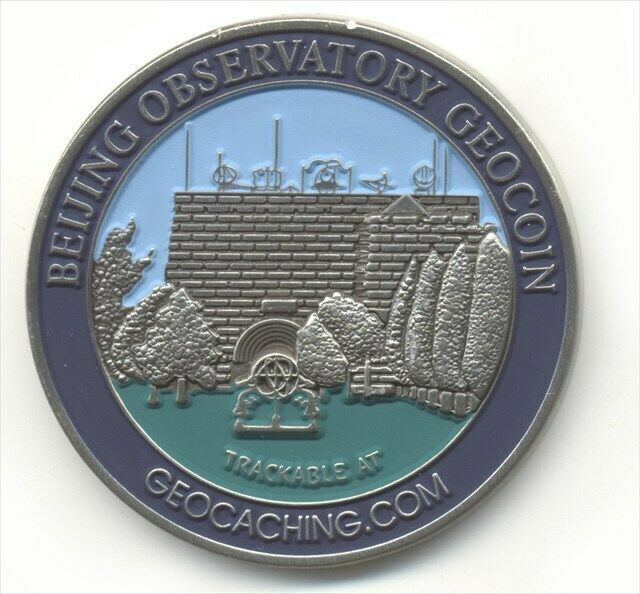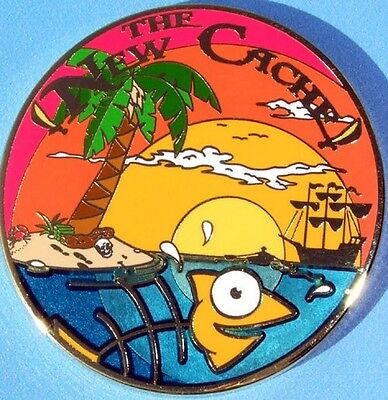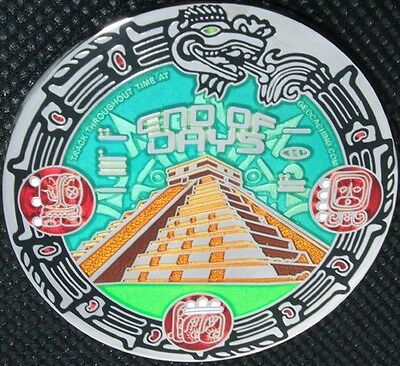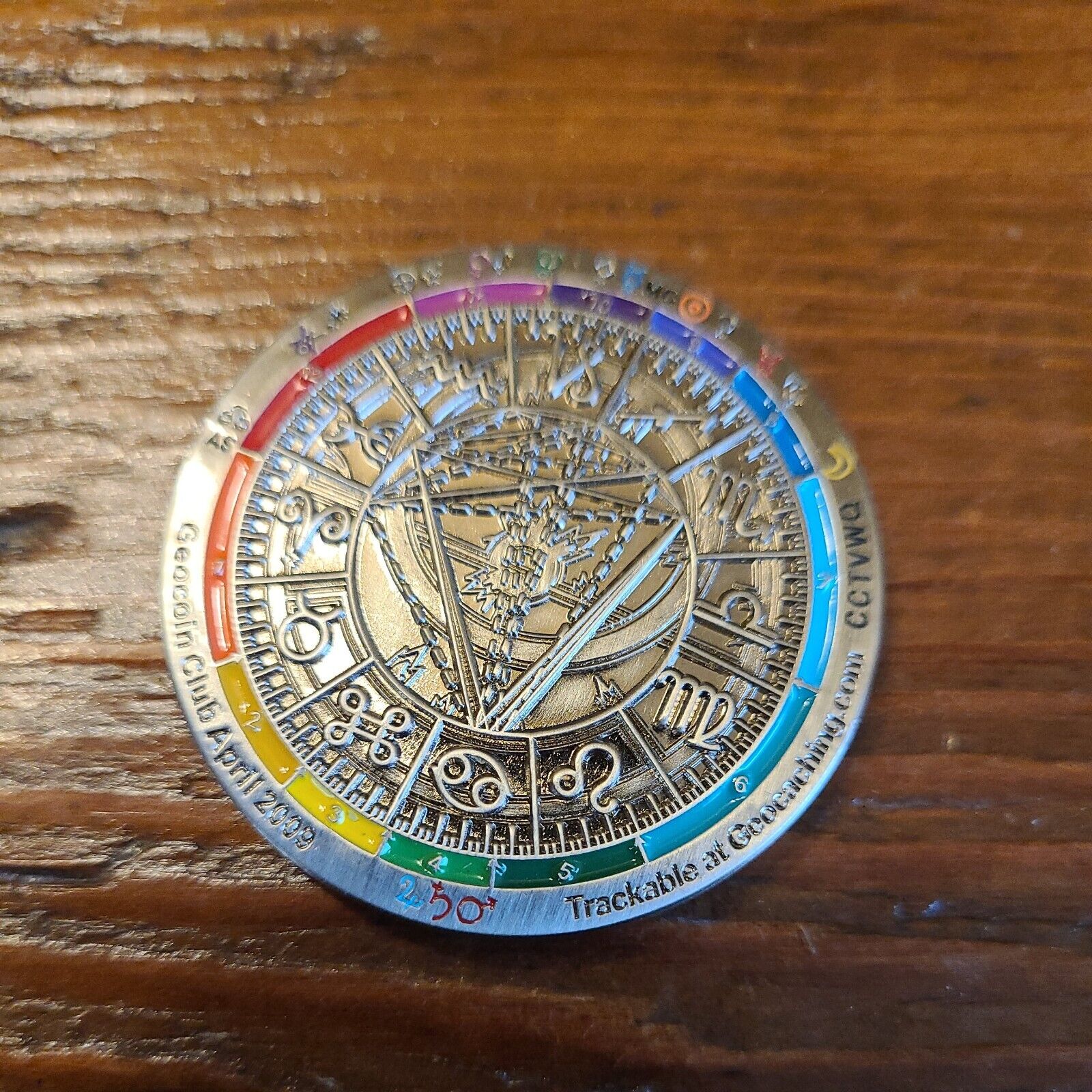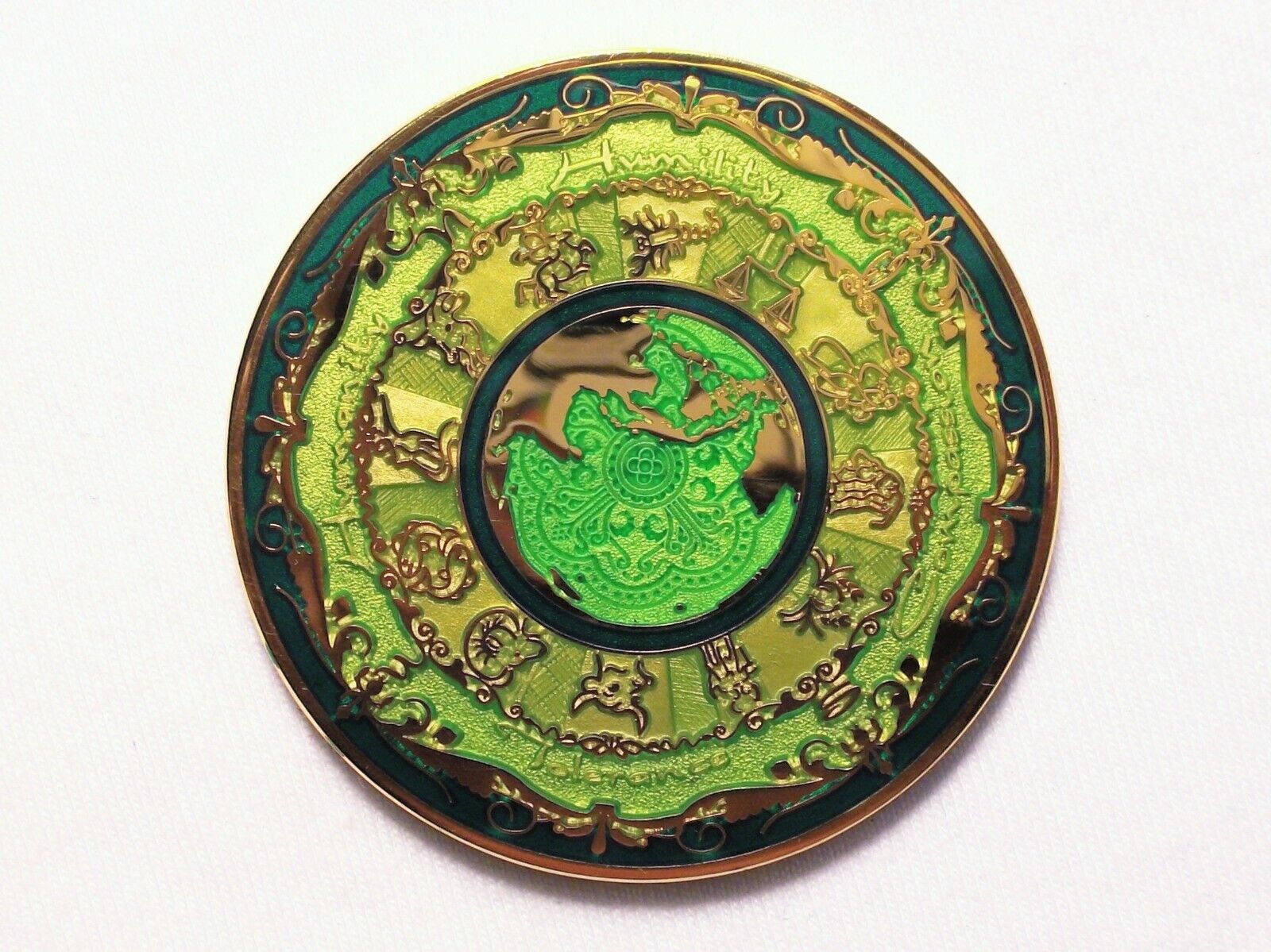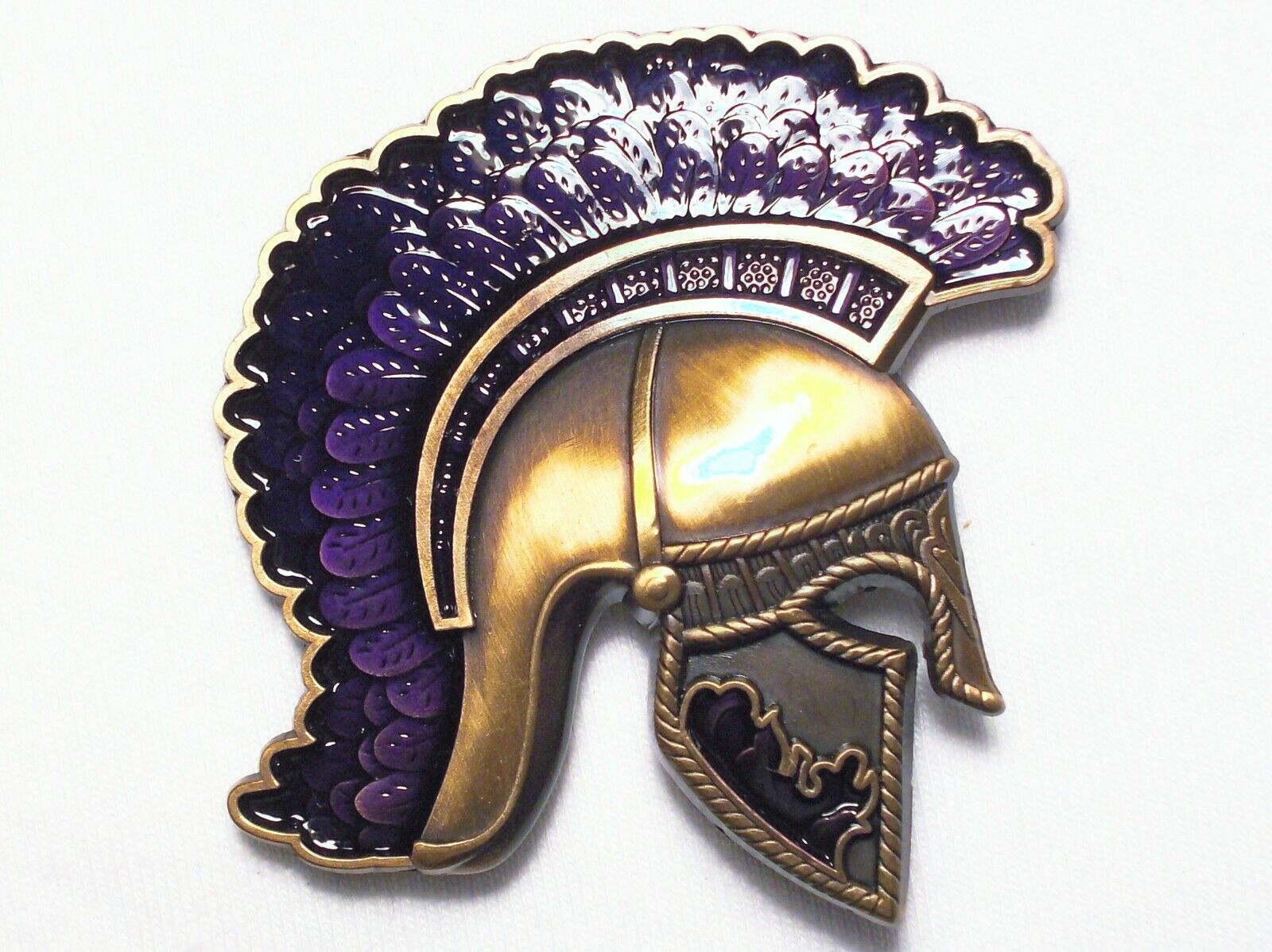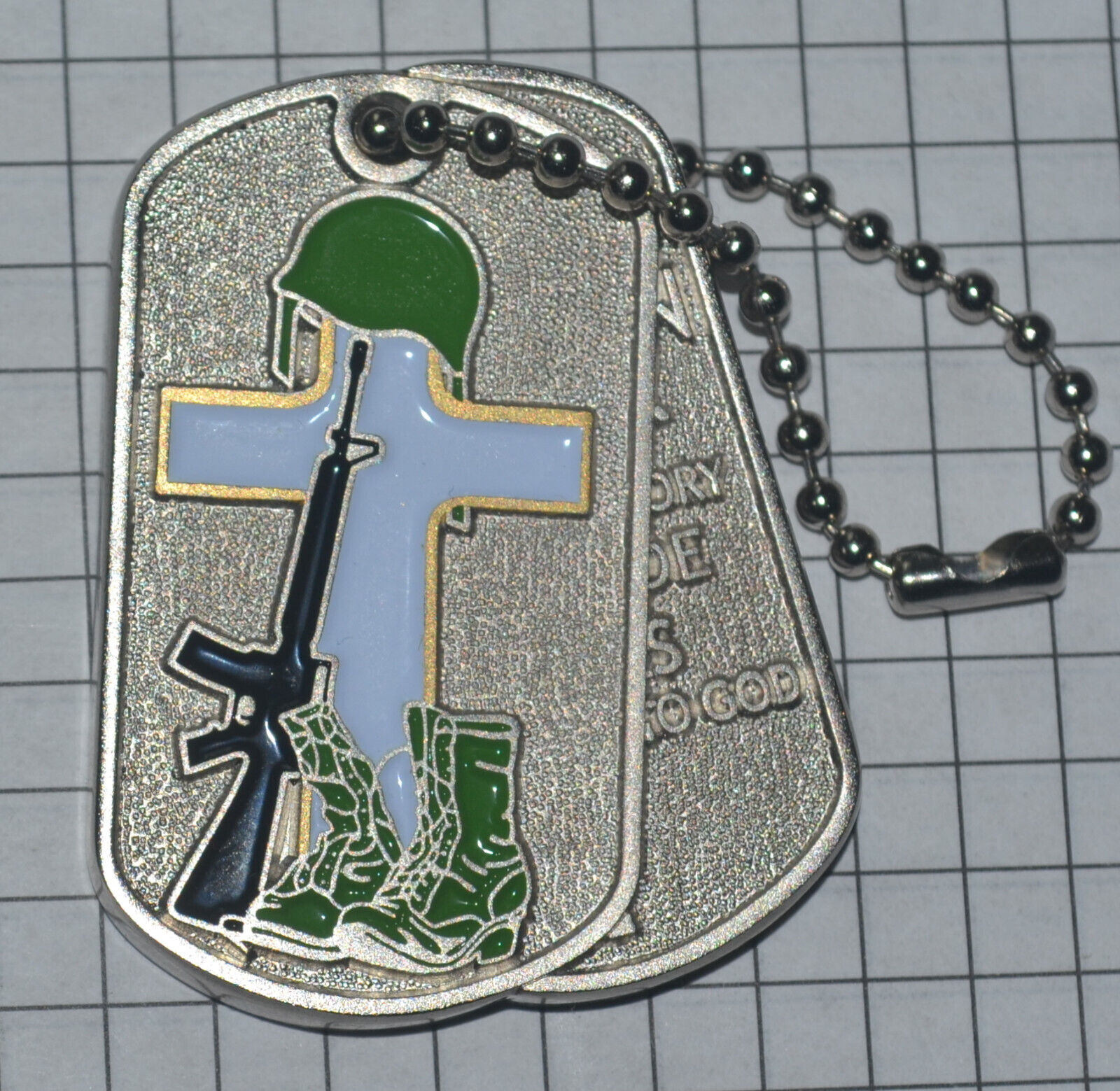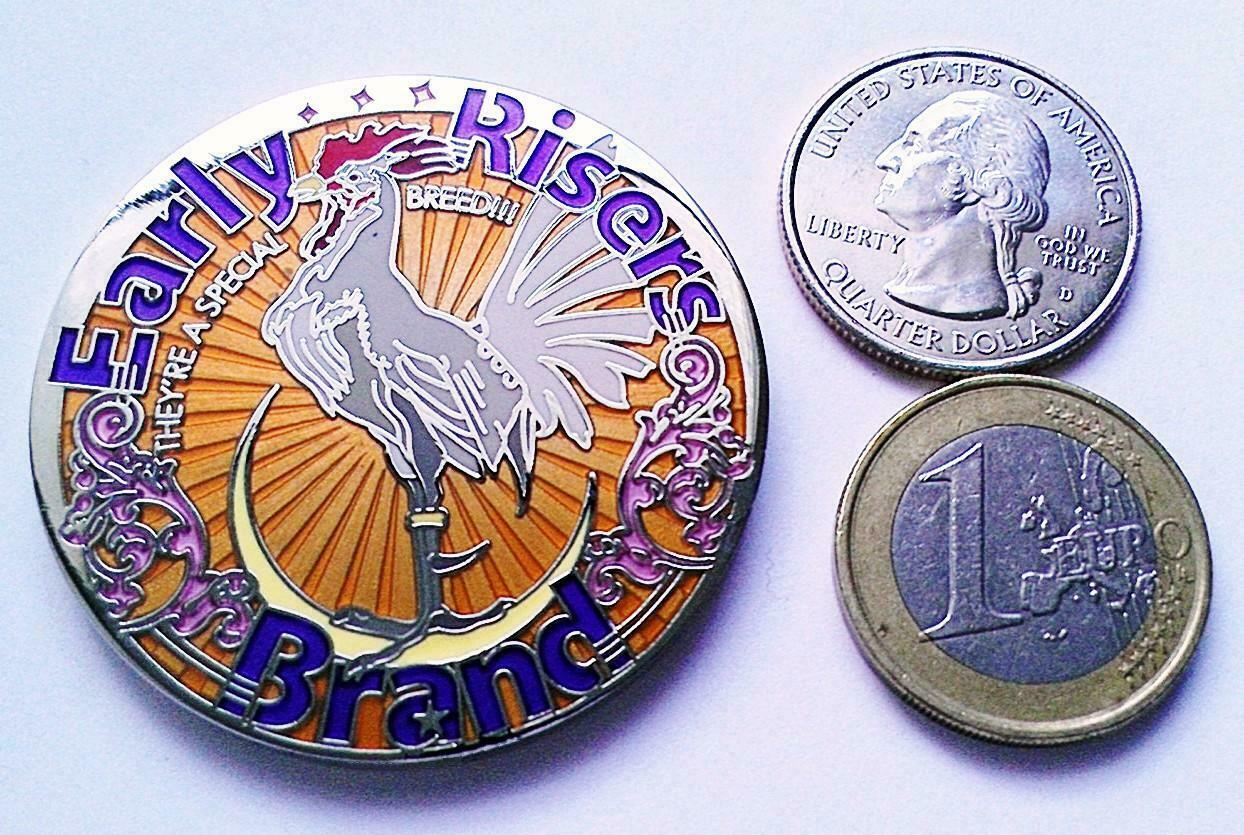-40%
Beijing Observatory & Armillary Dragon -Silver & Blue - Unactivated Geocoin
$ 5.27
- Description
- Size Guide
Description
this is what the geocoin's icon will look like at geocaching.com after you activate it.The face of this coin shows what the Beijing Observatory looks like today. On the back is an ancient armillary built during the Ming Dynasty and used for determining the coordinates of celestial bodies.
It was said that in 1227, the Jin Dynasty transferred the ancient astronomical instruments from Kaifeng to the first observatory in Beijing. In 1279, the succeeding Mongols under Kublai Khan built a new observatory just north of the current observatory. After the Mongols, Zhu Yuanzhang, the founding Ming Emperor, transferred the instruments from Beijing to Nanjing. When the Yongle Emperor came to power, he had craftsmen make copies of the instruments in Nanjing and sent them to the Beijing observatory.
The current observatory was completed in 1442. It served the Ming and Qing astronomers in their star-gazing reports for the Emperor. As he was considered the
Son of Heaven
, the movements of the heavenly bodies were an important affair. Another function was to assist sea navigation, with Muslim scholars recruited for their expertise in the area. In the mid-17th century, after winning an astronomy contest, the Jesuit Ferdinand Verbiest was awarded complete charge of the astronomy observatory by the emperor. In 1673, he supervised the rebuilding of some of the instruments. He and other Jesuits helped to further develop the observations of the stars and the planets.
